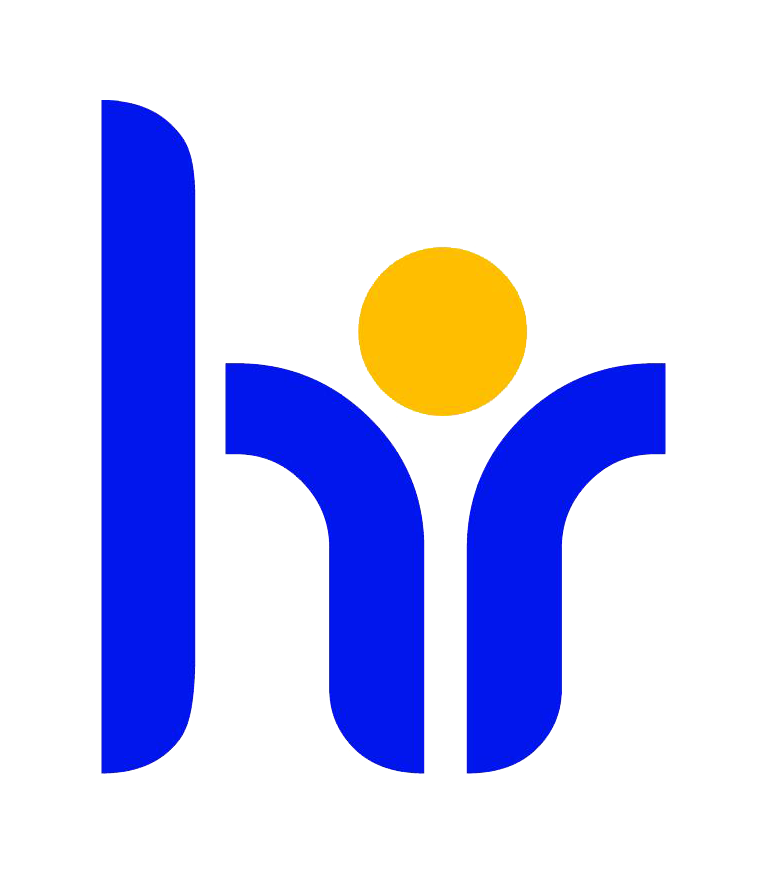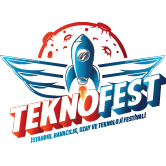The research article “Forearc carbon sink reduces long-term volatile recycling into the mantle”, co-authored by METU member Assoc. Prof. Mustafa Yücel, has been published in Nature.
Carbon and other volatiles in the form of gases, fluids or mineral phases are transported from Earth’s surface into the mantle at convergent margins, where the oceanic crust subducts beneath the continental crust. The efficiency of this transfer has profound implications for the nature and scale of geochemical heterogeneities in Earth’s deep mantle and shallow crustal reservoirs, as well as Earth’s oxidation state. However, the proportions of volatiles released from the forearc and backarc are not well constrained compared to fluxes from the volcanic arc front. Here we use helium and carbon isotope data from deeply sourced springs along two cross-arc transects to show that about 91 per cent of carbon released from the slab and mantle beneath the Costa Rican forearc is sequestered within the crust by calcite deposition. Around an additional three per cent is incorporated into the biomass through microbial chemolithoautotrophy, whereby microbes assimilate inorganic carbon into biomass. We estimate that between 1.2 × 108 and 1.3 × 1010 moles of carbon dioxide per year are released from the slab beneath the forearc, and thus up to about 19 per cent less carbon is being transferred into Earth’s deep mantle than previously estimated.
Barry, P. H., de Moor, J. M., Giovannelli, D., Schrenk, M., Hummer, D. R., Lopez, T., . . . Lloyd, K. G. (2019). Forearc carbon sink reduces long-term volatile recycling into the mantle. Nature, 568(7753), 487-492. doi:10.1038/s41586-019-1131-5
Article access: https://www.nature.com/articles/s41586-019-1131-5
Assoc. Prof. Mustafa Yücel |
Web of Science/Publons Researcher ID: F-7067-2010 |
| muyucel@metu.edu.tr | Scopus Author ID: 22735900000 |
| About the author | ORCID: 0000-0002-7478-902X |
Other authors:
Barry P.H., de Moor J.M., Giovannelli D., Schrenk M., Hummer D.R., Lopez T., Pratt C.A., Segura Y.A., Battaglia A., Beaudry P., Bini G., Cascante M., d’Errico G., di Carlo M., Fattorini D., Fullerton K., Gazel E., González G., Halldórsson S.A., Iacovino K., Kulongoski J.T., Manini E., Martínez M., Miller H., Nakagawa M., Ono S., Patwardhan S., Ramírez C.J., Regoli F., Smedile F., Turner S., Vetriani C., Ballentine C.J., Fischer T.P., Hilton D.R., & Lloyd K.G.
Acknowledgments:
This work was principally supported by grant G-2016-7206 from the Alfred P. Sloan Foundation and the Deep Carbon Observatory to P.H.B., K.G.L., D.G., K.P., T.L., J.M.d.M. and D. R. Hummer. In addition, P.H.B. was supported by NSF grant 1144559 during a portion of this project. D.G. was supported by an NSF grant (MCB 15–17567), a Deep Life Modelling and Visualization Fellowship from the Deep Carbon Observatory and an ELSI Origins Network (EON) Research Fellowship, which is supported by a grant from the John Templeton Foundation. The opinions expressed in this publication are those of the authors and do not necessarily reflect the views of the John Templeton Foundation. This work was further supported in part by JSPS KAKENHI grants JP17K14412, JP17H06105 and JP17H02989 (awarded to M.N.), an NSF grant OCE-1431598 and a NASA Exobiology grant NNX16AL59G (awarded to K.G.L.), NSF grants 0206113, 0711533 and 1049713 (awarded to T.P.F.), and NSF grants 0003628 and 1049748 (awarded to D. R. Hilton). M.Y. was supported by DEKOSIM grant BAP-08-11-DPT.2012K120880, financed by the Ministry of Development of Turkey. J.M.d.M. acknowledges funding from Universidad Nacional Costa Rica, the World Bank, and the Costa Rican Ley Transitorio 8933 used to acquire a laser carbon isotope system in collaboration with R. Sánchez-Murillo and G. Esquivel-Hernandez. M.N. produced the most data. We thank P. Barcala Dominguez for assistance with figure illustration. We thank B. Deck, M. Wahlen and K. Blackmon for analytical assistance at Scripps Institution of Oceanography. We thank B. Marty, G. Alvarado, M. Broadley, D. Byrne, D. Bekaert, J. Labidi and J. Wade for discussions about the project.










